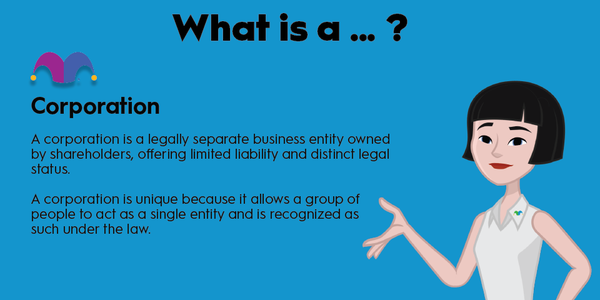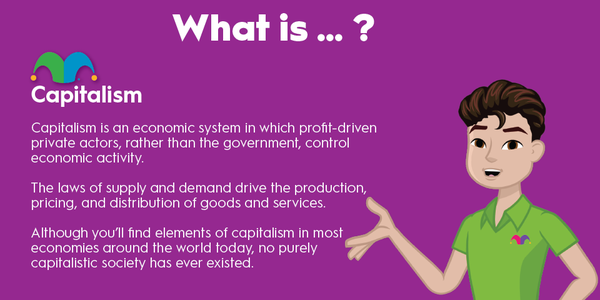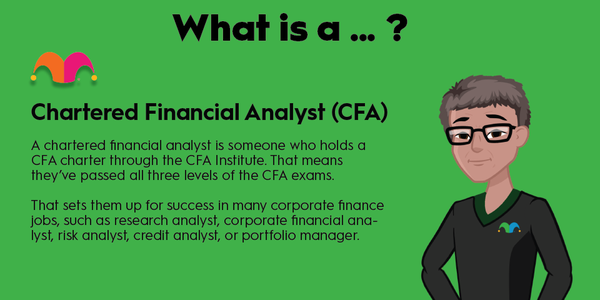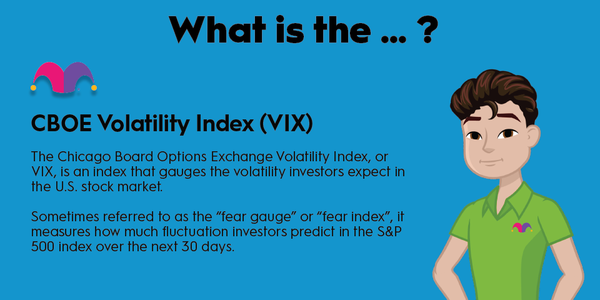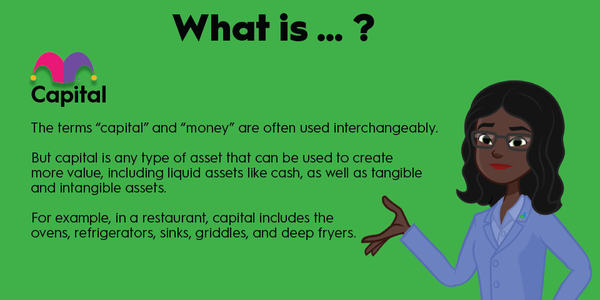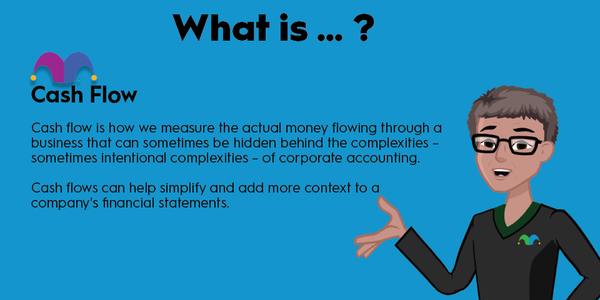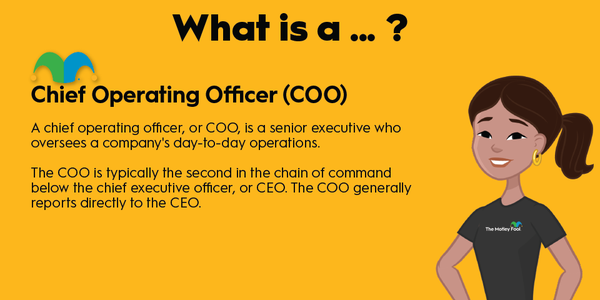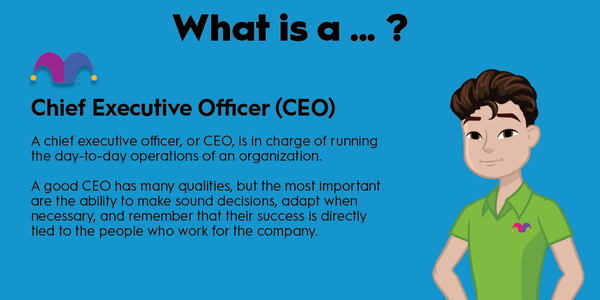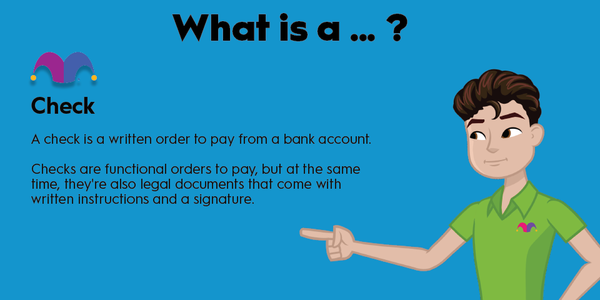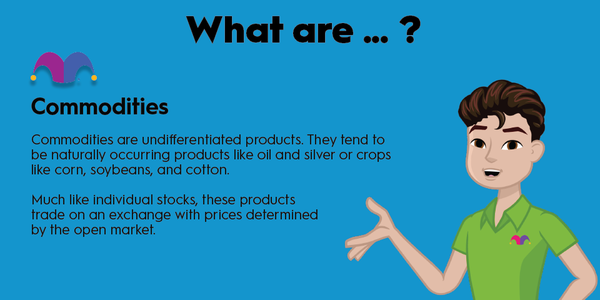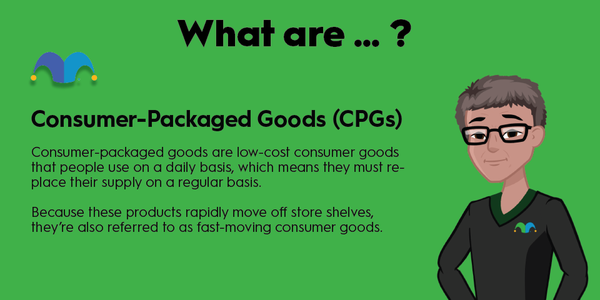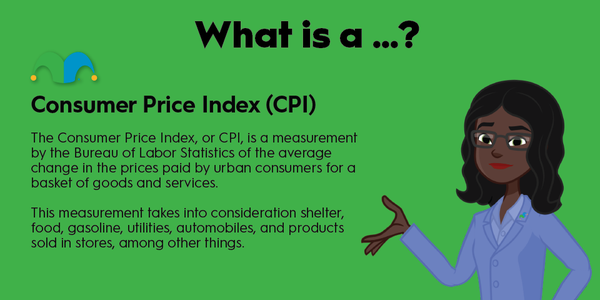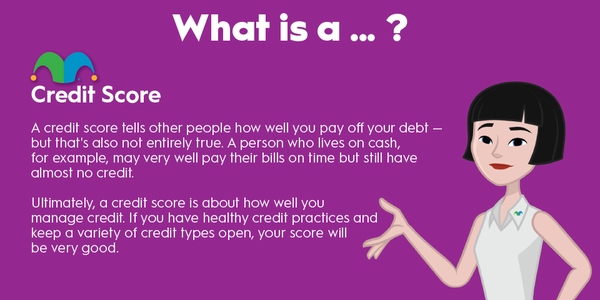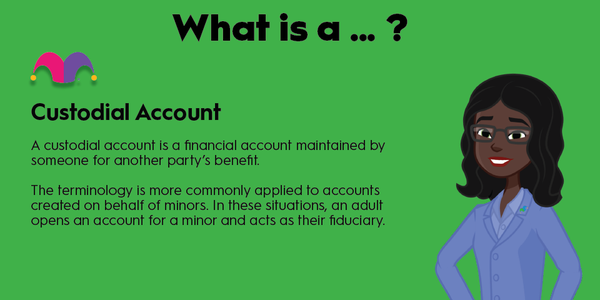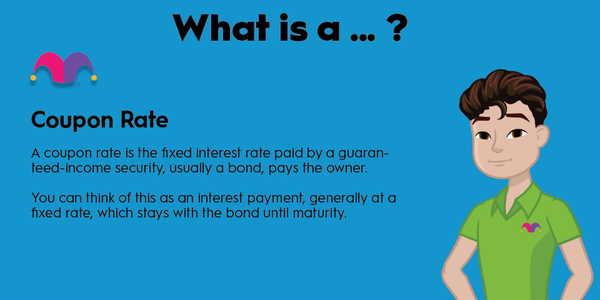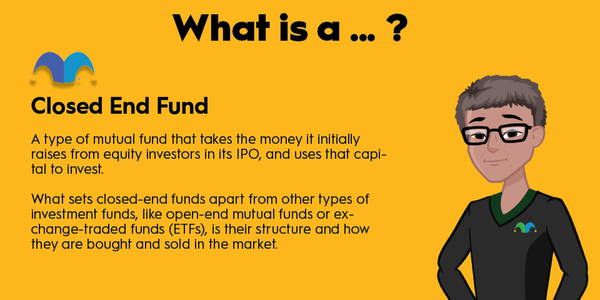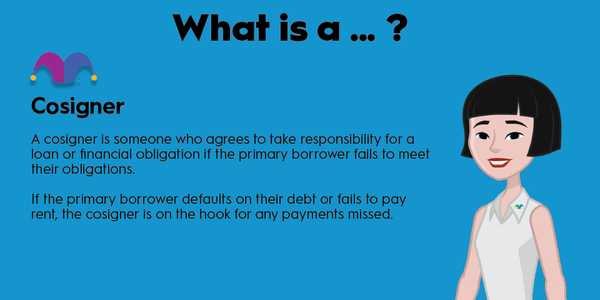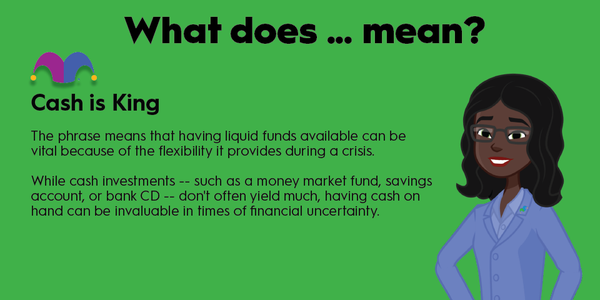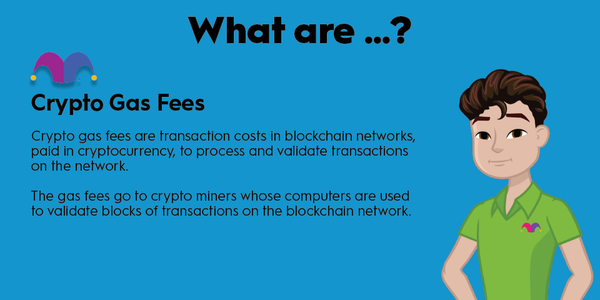Considering other types of investments beyond stocks and bonds? Collateralized debt obligations can provide a solid return for investors willing to take on some risk.

What is it?
What is a collateralized debt obligation?
A collateralized debt obligation (CDO) is a financial product that includes assets like loans, mortgages, bonds, and other debt types. The debt products are rated by risk, and several are combined into the CDO to create a product that, theoretically, balances risk with reward.
Asset
Some CDO components are riskier but offer higher returns; some are much safer but with lower returns. Banks often use them to help offload debt and increase available cash reserves.
A synthetic CDO is another type of CDO, this one much riskier. Instead of investing in consumer debt, they invest in contracts, like credit default swaps and options, making them considerably more likely to fail. Interest rates are also much higher with synthetic CDOs than with regular ones -- so with great risk can come great reward.
How are they organized?
How are collateralized debt obligations organized?
When you're looking at a collateralized debt obligation as an investment, you'll see it's structured in a very specific way. These are essentially a collection of debt vehicles, each described by their seniority, maturity date, and Standard and Poor's (S&P) credit rating.
Those with senior debt positions and high S&P credit ratings are the least risky and most likely to produce returns. Similarly, junior debt positions with the lowest credit ratings are the riskiest. These are technically collateralized assets, but like any collateralized debt, it's common for there to be insufficient enough equity for the lowest positions to be paid in full if they were to default.
When looking at the mix in the CDO you're considering, always balance risk with reward. That generally means choosing a mix of highly rated senior debt and a much smaller percentage of lower-rated junior debt that will pay handsomely as the debt is satisfied.
Advantages
Advantages of collateralized debt obligations
Even though collateralized debt obligations are a whole different type of investment, they can be good for the right investors. They have a number of benefits, including the possibility of significant returns if the notes in each instrument are repaid.
Exchange-Traded Fund (ETF)
In addition, each CDO is diversified, which is good for someone looking for some riskier exposure to a collection of investments outside of assets like exchange-traded funds (ETFs). Each CDO comprises several different loans and, ideally, loan types. So you may have a CDO with mortgages, car loans, and bonds wrapped together, reducing the overall risk of the instrument.
Generally, the coupon rate of these various debt instruments within a CDO is based on the interest rate the borrower is paying. So newly minted CDOs may be a lot more appealing than just two years ago.
Collateralized debt obligations and the subprime mortgage crisis
Collateralized debt obligations and the subprime mortgage crisis
No discussion of collateralized debt obligations is complete without mentioning their role in the housing market crash as a part of the Great Recession. Many people have a vague understanding that subprime mortgages were involved in the crash, but many fewer realize CDOs were the actual "subprime mortgage" issue.
In this case, the problematic CDOs were created from a poor mix of risk, often with a particularly risky type of subprime loan known at the time as "stated income" loans. Borrowers who received stated income loans didn't have to provide documentation. They simply declared their income and debts to the lender. (It seemed like a good idea at the time.)
And it still might not have been the worst thing ever if financial institutions hadn't been buying up these poorly mixed and misrated CDOs, believing they were much less risky than they actually were. When the bottom fell out of the housing market, subprime borrowers were hit especially hard because many had only taken these loans with the belief they could refinance in a few years.
As it became clear that wasn't possible because home values were dropping instead of rising, people walked away from their homes, defaulting in huge numbers. The defaults drove down housing prices even further, and the financial institutions holding many of these CDOs hemorrhaged money, unable to sell the repossessed properties for anywhere near enough to satisfy the debts associated with them.
CDOs have changed significantly. But because there is still very little regulation surrounding them, it's very important to fully understand what you're getting into when investing in these instruments.


